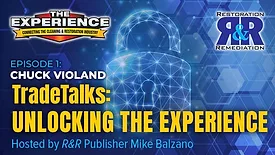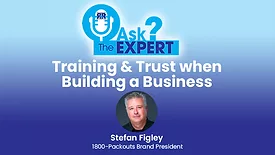Home » restoration technology
Articles Tagged with ''restoration technology''
Trade Talks: Unlocking The Experience
Trade Talks: Unlocking The Experience
New Book by Chuck Violand Designed to Help Restoration Businesses Thrive
Read MoreRestorerz Emergency Services expands coverage with new Orange County location.
The fast-growing emergency restoration company announces the opening of its third location at 1680 Sierra Madre Circle in Placentia
Read More
Stay ahead of the curve with our eNewsletters.
Get the latest industry updates tailored your way.
JOIN TODAY!Copyright ©2025. All Rights Reserved BNP Media.
Design, CMS, Hosting & Web Development :: ePublishing












